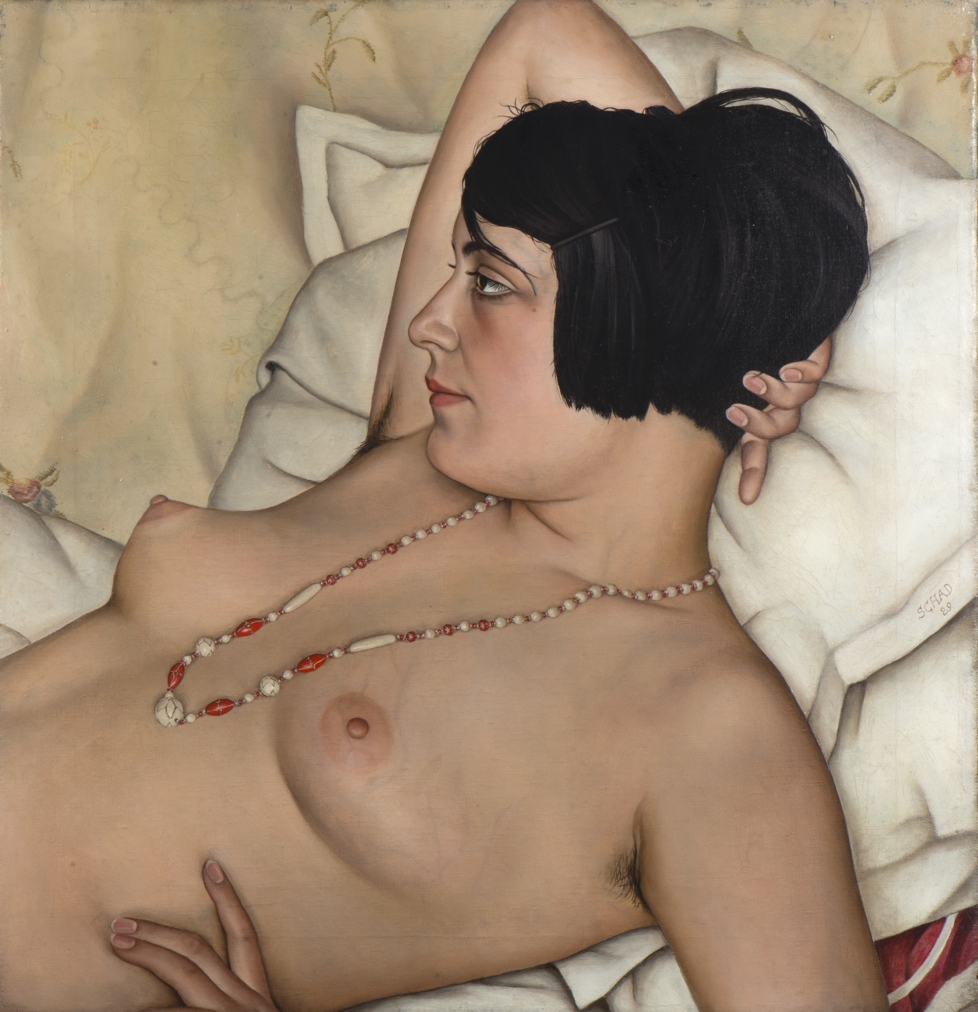
Helena Lund Ek featuring Martha Edelheit och Fathia Mohidin, Resiliens, martial arts gym near Odenplan, Stockholm
This year’s first opening was also one of the most sanguine: on a biting New Year’s Day, Helena Lund Ek exhibited new paintings – in a gym. Yet, the show was not only a clever reference to how art and fitness culture can be said to carry similar promises of a new life, but a way of extending painting to uncharted territory. Lund Ek incorporated the aesthetics of sport into her paintings, which in turn bled into the aesthetics of the space by incorporating training gear within the works themselves. Still foggy from the holidays, I stumbled around under the garish lights: did art used to look like this..? Unfortunately, for my part, that new life never quite took off.

Rolf Hanson, Retroactive, Artipelag, Stockholm
In the summer, when a trip to the archipelago is mandatory for many Stockholmers, I went with my family to Rolf Hanson’s retrospective at Artipelag. The presentation ranged from the artist’s monumental paintings made during the 1980s, to the dissolved geometries from recent years. Both children and adults alike discovered works to immerse themselves in. As for myself, I found the exhibition to be one of the most rigorous and probing I’d seen in a long time. Intellectually, it managed to deconstruct habitual categories – such as abstract/figurative, modern/contemporary – while preserving painting’s ability to go straight to the viewer’s heart.

Focus on Europe. New Objectivities 1919–1939, Gothenburg Museum of Art, Gothenburg
Come autumn, it was time for the Gothenburg Biennial. Discouraged by too much predictable art, my friend and I headed over to the city’s art museum. There, we were swept off our feet by the beautiful presentation of New Objectivity painting. One engaging portrait after another and scenes testifying to the prosperity and diversity of interwar European culture. The ‘trick’, I believe, was that the artists’ common starting point in precision and detail produced such a great variety of expressions. The result was quiet, dreamy, and yet simmering with life below the surface. We drifted about this reverie and art historical bon-bon in a state of complete elation.
– Frans Josef Petersson lives in Stockholm and is the Swedish editor of Kunstkritikk.
For this year’s contributions to the Advent Calendar, see here.








